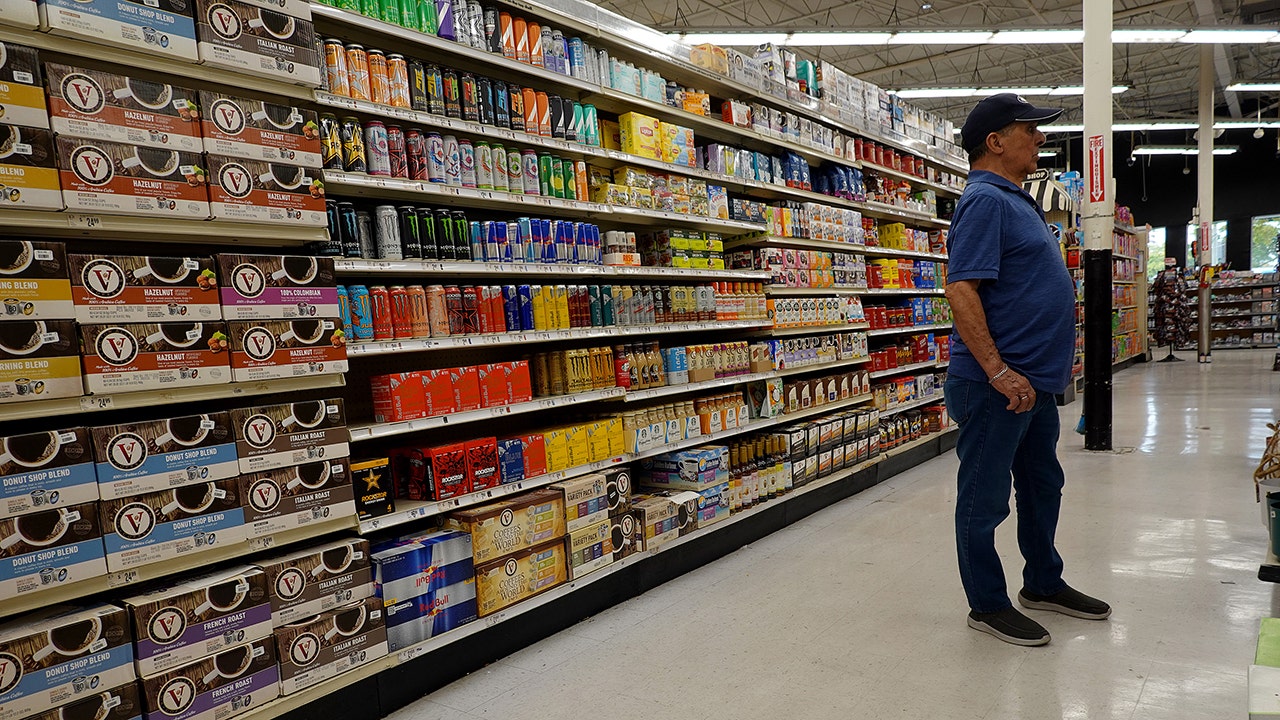Finance
Where is inflation falling the fastest?

Inflation cooled sharply in June for the second straight month, but some parts of the country are seeing steeper price declines than others.
The consumer price index, a broad measure of the price for everyday goods including gasoline, groceries and rents, rose 0.2% in June from the previous month. Prices climbed 3% on an annual basis, marking the lowest inflation pace in more than two years.
But the decrease was biggest in New England, the region that encompasses Maine, New Hampshire, Vermont, Connecticut, Rhode Island and Massachusetts. In those states, prices climbed by just 1.8% in June – below the Federal Reserve’s 2% inflation target.
Other states are also experiencing inflation that is below the national average.
INFLATION ROSE JUST 3% IN JUNE AS PRICE PRESSURES CONTINUE TO COOL
Prices were up just 2.2% in Texas, Oklahoma, Arkansas and Louisiana, and 2.3% in the region that includes North Dakota, South Dakota, Nebraska, Kansas, Missouri, Iowa and Minnesota. The mid-Atlantic – New York, New Jersey and Pennsylvania – also saw below-trend price growth, with an average inflation rate of just 2.4%.
By comparison, some regions are still seeing inflation that is running well above the Fed’s goal.
In the South Atlantic region – Maryland, West Virginia, Virginia, North Carolina, South Carolina, Georgia and Florida – prices surged 3.8%, far higher than the national average.
High prices also continued to grip the Mountain region, which includes Arizona, New Mexico, Colorado, Utah, Nevada, Wyoming, Idaho and Montana, in June, with inflation jumping 3.7%.
JUNE INFLATION BREAKDOWN: WHERE ARE PRICES RISING AND FALLING THE FASTEST?
Prices have been consistently higher in the Western part of the country throughout the inflation crisis. At the peak, inflation in the Mountain region exceeded the national average by close to 2 percentage points. That is largely because the cost of renting and buying homes in those states far outpaces the national average.
In 2022, the cost of shelter rose by about 5.9% nationally, but was nearly five percentage points higher in the Mountain region, according to a recent report from the Kansas City Federal Reserve.
“Shelter inflation – the growth in prices for renting and buying housing – has outstripped the national average across Rocky Mountain states, even more so than was typical over the past decade,” the report said, adding: “Colorado, New Mexico and Wyoming all experienced outsized increases in the cost of housing.”
The excess growth in housing prices has since diminished as housing inflation nationwide has slowed.
On top of that, the low population density, combined with large distances from food production hubs and transportation infrastructure across the region, made food distribution and shipping costs even more expensive for the region.
“As food production and distribution challenges emerged everywhere last year, they led to even faster cost and price growth in the Rocky Mountain region,” the report said.
Read the full article here


















